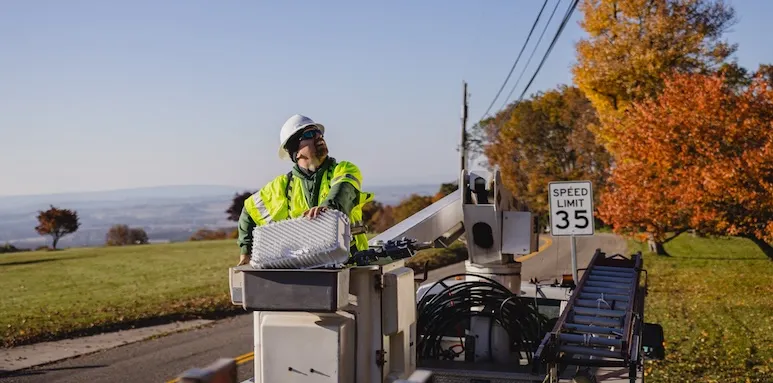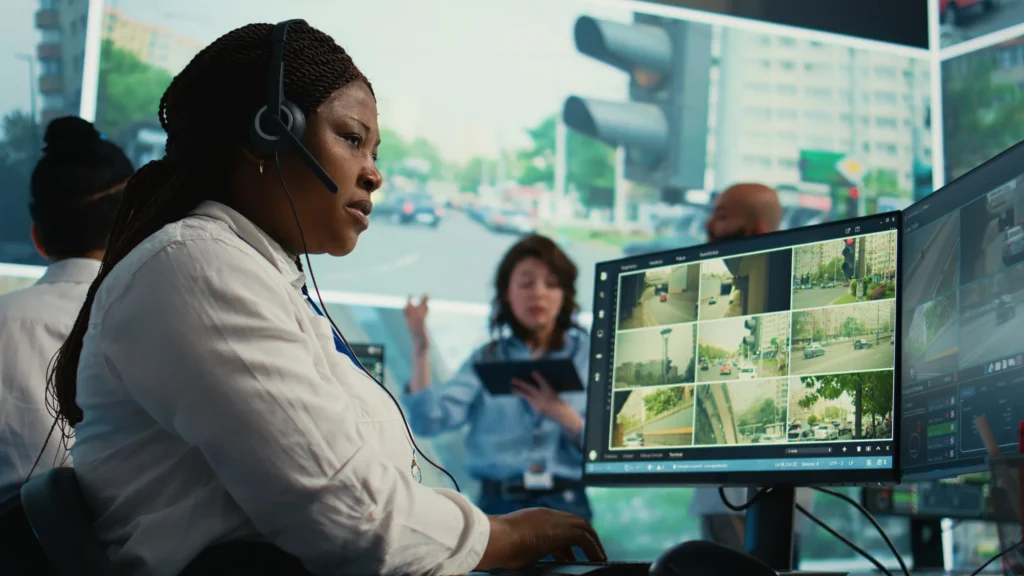As active members of the Downloadable Security Technology Advisory Committee (DSTAC) and as companies and organizations that have followed DSTAC’s work since its inception, we congratulate DSTAC Chair Cheryl Tritt, DSTAC Designated Federal Officer Brendan Murray, Alternate Designated Officer Nancy Murphy and the members of DSTAC for the extraordinary work in finalizing a report that successfully documents the vast and growing array of choices audiences have to access video programming over various distribution services. The Report also provides a comprehensive review of downloadable security, in fulfillment of Congress’s directive. However, we do have concerns with portions of the Report that range beyond this congressionally-defined purpose and that, if mandated, would violate copyright law, abrogate contracts, exceed the Commission’s authority, and raise First Amendment issues.
Importantly, the DSTAC Report reached a number of significant conclusions:
- There is no collective recommendation for any new FCC technology mandate.
- There is no recommendation for a “common reliance”-based solution—the idea that operator-supplied equipment must use the same security solution as retail devices to receive MVPD service, which was the concept behind the recently repealed integration ban.
- There is wide diversity in networks, security, and communication technology choices across cable, DBS and IPTV systems; therefore, the DSTAC Report concluded “It should not be necessary to disturb the potentially multiple present and future security and other network technology choices made by cable, DBS and IPTV systems.” “It is not reasonable to expect that all operators will re-architect their networks in order to converge on a common solution.”
- All of the proposals in the Report advance solutions for retail devices that rely on an IP connection, rather than expecting devices to connect directly to the multiple technologies that underlie MVPDs’ different access networks.
The Report includes a comprehensive review of the widely-adopted “apps”-based approach as an effective solution for the way retail devices can access MVPD programming. The downloadable “apps” approach enables consumers to watch content from Multichannel Video Programming Distributors (MVPDs) and Online Video Distributors (OVDs) on an array of customer-owned and TV-attached devices, including iOS and Android tablets and smartphones, game stations, PCs and Macs, Smart TVs, Kindle Fire, and Roku. The success of the apps-based approach is extraordinary. There have been more than 56 million downloads of MVPD apps; 96 percent of the more than 460 million IP-enabled retail devices in the U.S. market today support one or more MVPD apps, and 66 percent of them support apps from all of the top 10 MVPDs. On average there are four retail devices with available MVPD apps in consumer homes, well exceeding the 2.4 MVPD set-tops per home. OVDs (like Netflix, Hulu, and Amazon) and retail device manufacturers (like Sony and Apple) are now entering into direct distribution contracts with content providers and use the same apps-based approach for delivering service on retail devices and platforms. U.S. viewers have used these and other apps and devices to legally access 7.1 billion movies and 66 billion television episodes in 2014 alone, from among the more than 110 lawful online sources that serve the United States today.
The Report also describes how MVPDs are now pursuing additional methods to further extend this apps-based approach to more retail devices, including by using new HTML5 streaming media standards developed by World Wide Web Consortium (W3C) and delivering apps through home networking solutions developed by major consumer electronics (CE) manufacturers, chip manufacturers, and MVPDs through the Digital Living Network Alliance (DLNA) and the RVU Alliance.
The Report’s discussion of downloadable security methods fulfills the DSTAC’s statutory mission. Unfortunately, the Report goes beyond this congressionally-directed mission by describing a proposal by some members to disassemble the programming, features, and functions offered through video providers’ distinctive retail offerings into individual piece parts that any retail device manufacturer could selectively reassemble into a new configuration and new service. Rather than promote a retail market for navigation devices that deliver the MVPD service, this approach would turn MVPDs into suppliers of programming for commercial use by third parties without responsibilities to content providers or distributors. Notably, the Report also provides an extensive analysis cataloguing the various shortcomings of this approach, formerly known as AllVid, including how such disaggregation could require, at significant cost, massive re-architecting of MVPDs’ networks and development of new not-yet-invented protocols and standards; how such an approach would abrogate the licenses under which MVPDs acquire distribution rights to copyrighted programming from content providers; and how such an approach would evade the regulatory obligations applicable to MVPDs’ delivery of program content, including privacy protections. By any definition, such an approach is unduly burdensome, and it is particularly burdensome for the hundreds of small cable operators who already face significant demands on their resources. In addition, the AllVid approach claims that a third-party guide to access MVPD service is necessary for retail success, but the DSTAC found no evidence that such a costly and burdensome approach is necessary for retail to succeed in the marketplace, as is evidenced by the success of a wide variety of retail devices using the appbased approach today.
The DSTAC’s Report underscores that there is no need for FCC technology mandates in a marketplace where consumers can access MVPD and OVD content on a wide and growing array of retail devices.
American Cable Association (ACA)
ARRIS Group Inc.
AT&T/DIRECTV
Atlantic Broadband
Bright House Networks
Buckeye Cablevision, Inc.
Cable Television Laboratories, Inc. (CableLabs)
Cable ONE Inc.
Cablevision Systems Corporation
Centurylink
Charter Communications, Inc.
Cisco Systems, Inc.
Comcast Corporation
Cox Communications
DISH Network
Eagle Communications
Evolution Digital
General Communications Inc. (GCI)
Independent Telephone & Telecommunications Alliance (ITTA)
Mediacom Communications Corporation
Midcontinent Communications
Motion Picture Association of America (MPAA)
National Cable & Telecommunications Association (NCTA)
Sjoberg’s Inc.
Suddenlink Communications
TDS Baja Broadband
Time Warner Cable
Verimatrix
Verizon Communications
Vyve Broadband








